A decade on, Sleeping Dogs is worth celebrating as the plucky underdog to GTA 5
Remembering the last double-A threat to GTA’s throne
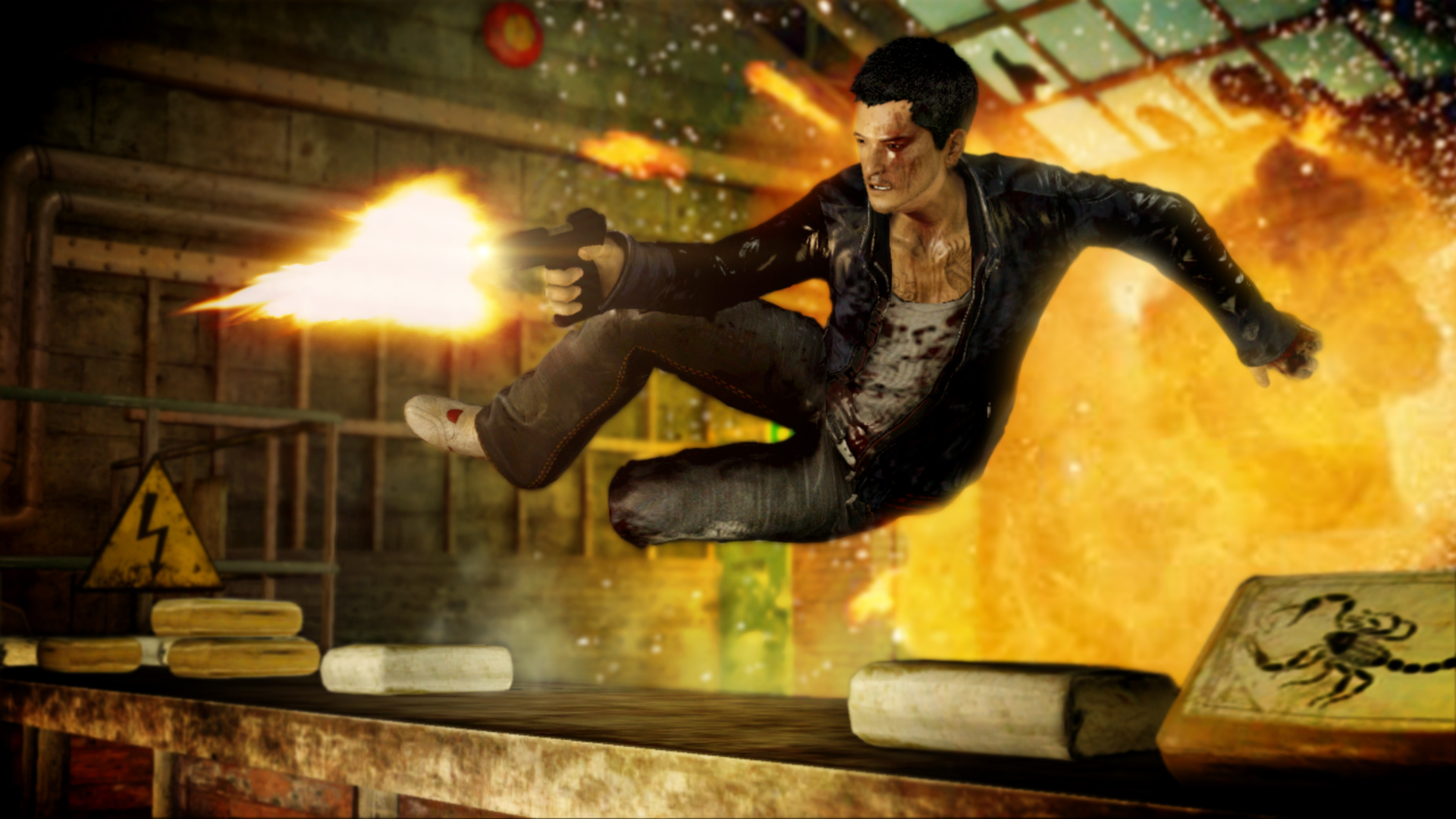
Released exactly 10 years ago – long enough for everyone who played it to feel profoundly depressed by time’s accelerated passage – Sleeping Dogs is well-remembered for its John Woo blood opera cinematics and surprisingly involved story, in which former San Francisco PD officer Wei Shen hunts down the Hong Kong Triads, one table-vault at a time.
But perhaps it’s more significant for being the last of an extinct breed. The last great GTA-style game to come from a double-A developer.
That’s not to throw shade at United Front Games. It’s just a simple fact. Previously the developer had released just one title, ModNation Racers, a well-received but modest kart racer for PS3 with some LittleBigPlanet style user-generated elements. The studio was given around $30 million to make Sleeping Dogs and had around 120 people working on it, based on a job posting from back in 2011 that appeared to be hiring for that project.
Compare that to GTA 5, which released a year later and changed everything. It cost nearly 10 times as much as United Front’s high octane Hong Kong caper: around $265 million. About 1,000 people worked on it, across multiple studios.
GTA set the bar, as the series has consistently done, at a lofty new mark for any open-world city game. A bar so high, in fact, that after GTA 5, most of the industry simply stopped trying to even compete.
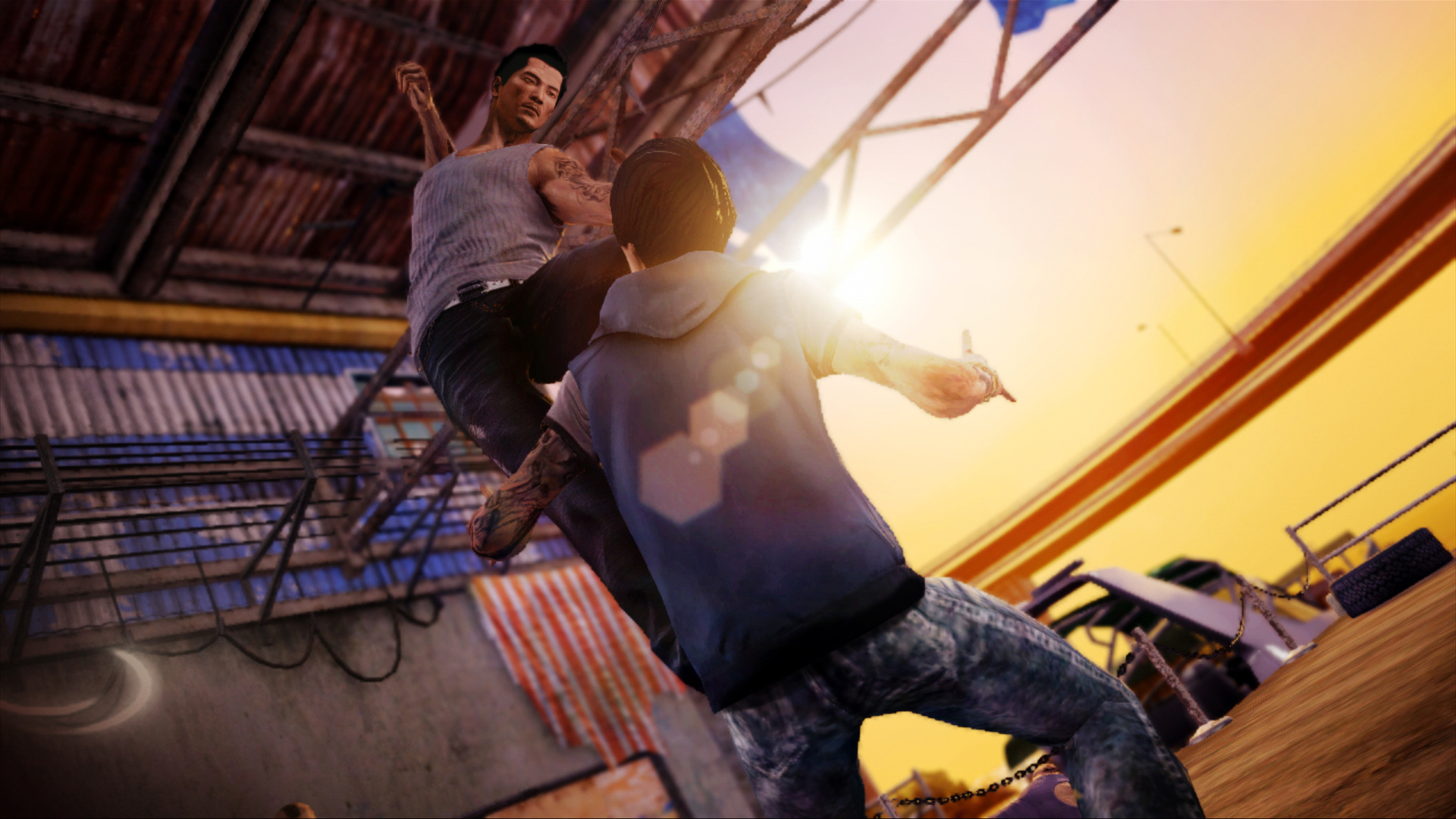
Dog years
So as Sleeping Dogs turns 10, we can attach a kind of pluckiness to it in retrospect. It was the David to the Houser bros’ Goliath, and in that frame of context, the overall quality of the game is even more impressive. Because the differences between the two aren’t anything like as enormous as the gulf in budget or team size.
Sleeping Dogs begins by introducing Hong Kong itself as a principle character, setting you off on a chase through the docks and fish markets that’s tightly scripted and impressively movie-like. Yes, there’s an inordinate amount of vaulting over things, but that’s only setting you up for the rest of the game – where the vault seems to be your primary method for travel.
Get daily insight, inspiration and deals in your inbox
Sign up for breaking news, reviews, opinion, top tech deals, and more.
You’re blustering in and out of interior environments that have been packed with just enough detail to impress you at running pace, and above all you’re absolutely certain what the game’s about: crime lords, frenetic action movie set pieces, and Hong Kong.
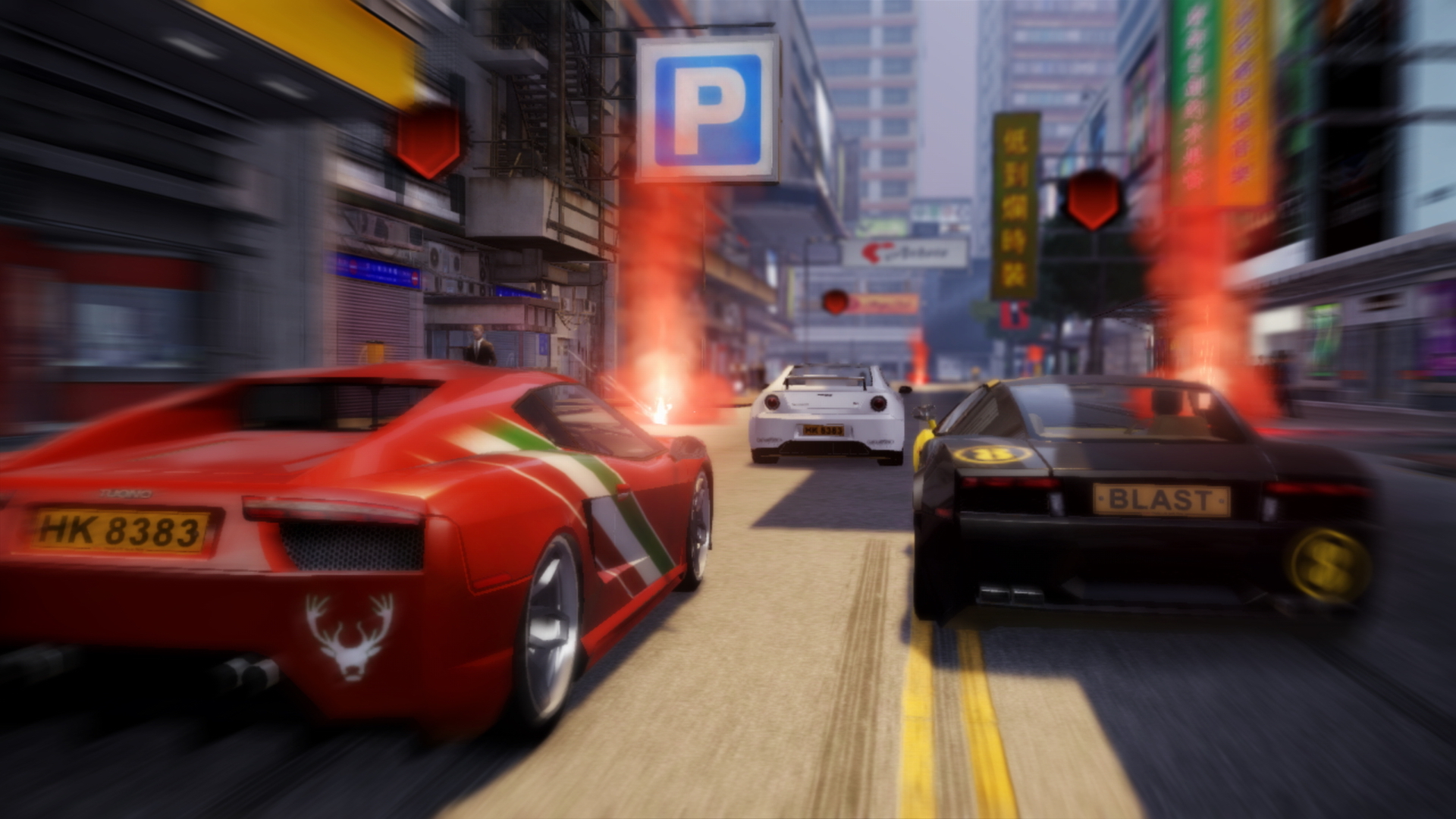
The setting was Sleeping Dogs’ wild card, a means to differentiate itself from not just the GTA series but other imitators – Saints Row, Mafia and Crackdown. United Front poured every bit as much detail into its open world as Rockstar et al had done, but instead of using it to pastiche society, the developer was more earnest in its vision. It just wanted a consistently atmospheric and cinematic space, and one that felt believably like a living city by 2012’s standards.
And it pulled it off. As you walk past market stalls, you can make out each fruit and vegetable the greengrocers are selling. The discount clothing is clear and distinct. So too are the city’s different districts, which feature just enough recognizable landmarks from real Hong Kong to give a sense of convincing geography – while at the same time being plainly wrong in scale and layout.
Sleeping Dogs pulled off that same trick Forza Horizon 4 managed, packing distant regions of the UK into one comparatively minuscule world map. One that still made sense to drive around if you’re British, and captured the essential atmosphere of each region. United Front just happened to do it seven years previously.
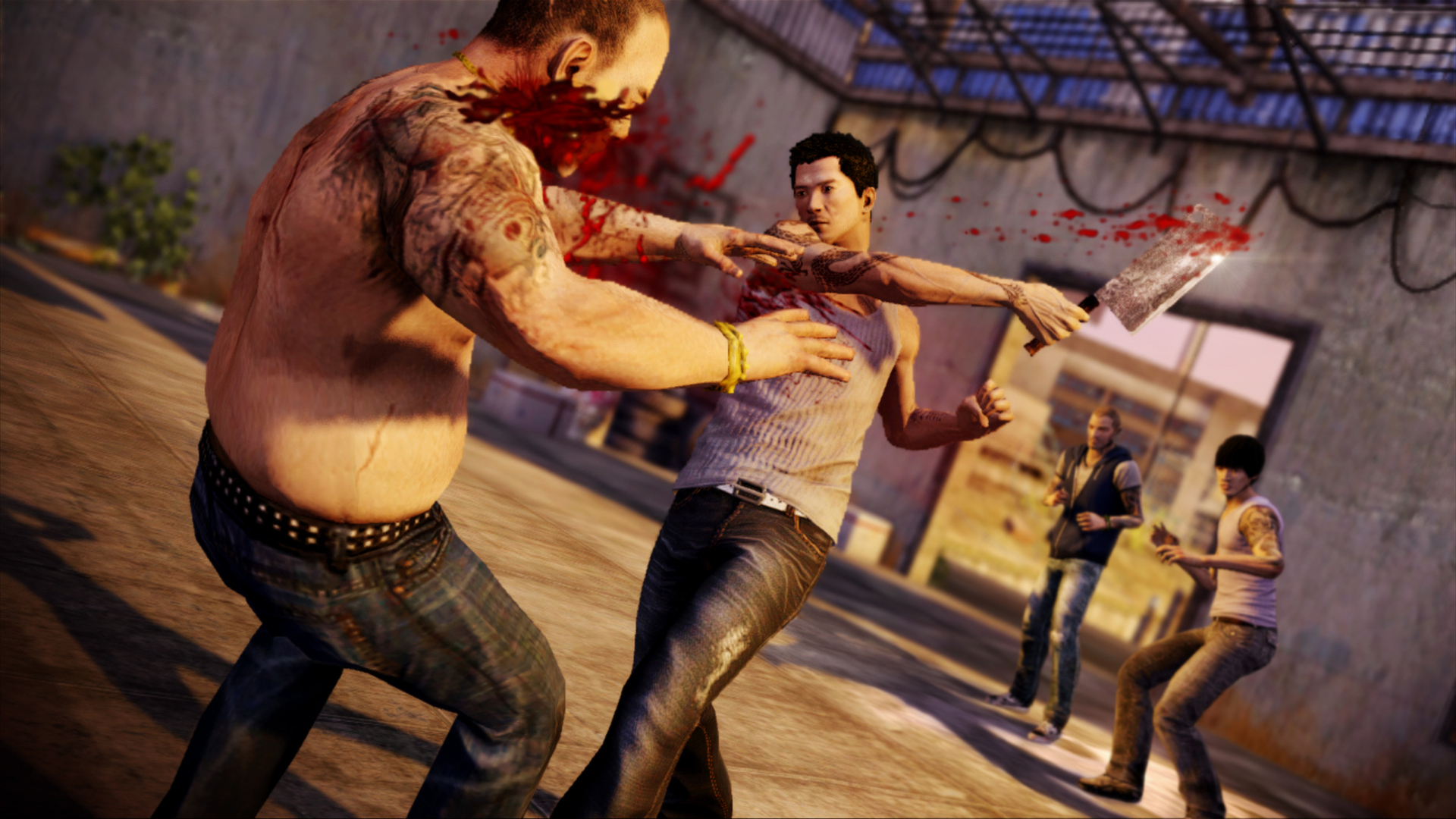
For kicks
Batman Arkham-style combat was all the rage at the time of release, along with Robin Thicke and Jeremy Lin. And like those poster boys of early 2010s pop culture, it hasn’t aged brilliantly. The animations look a bit stiff now, lacking in smooth transitions; you notice the moment when the next few seconds of fighting is triggered.
We don’t talk about the driving. Dissecting it would be like mentioning that Uncle Bob loved a good rummage around for bogeys in his eulogy speech
Thematically, though, the martial arts-inflected street brawling worked perfectly. You could well believe that Wei Shen was capable of, and inclined to, solve most of his problems in this way. And when the fights did break out, approximately every 40 seconds for 20 hours, the precise corner of Hong Kong that happened to be backdropping it always looked correct, somehow. Ready to stage the scene.
And then there was the driving. We don’t talk about the driving. This is about celebrating the game’s legacy, after all. Dissecting its handling model would be like mentioning that Uncle Bob loved a good rummage around for bogeys when no one was looking in his eulogy speech.
Sleeping Dogs sold quite well in its first year, achieving about 1.75 million sales. It performed especially well in Europe, outperforming North American sales by about two to one. But those numbers still weren’t quite what publisher Square Enix was hoping for, and that ultimately affected the chances of a sequel. A project did get underway, behind closed doors, but was subsequently canceled.

RIP AA
Maybe it was THQ’s bankruptcy in December 2012 that really sounded the death knell for the franchise – and by extension, the plucky double-A upstart having a go at GTA-style open worlds. Although THQ wasn’t involved with Sleeping Dogs, the industry definitely took note when one of its biggest and most established players had to fold. A fistful of significant IPs were cast into the wind or auctioned off in a drawn-out legal process over the next few months.
You might see this moment as the death of double-A as a whole. It certainly seemed to herald a more risk-averse era from the big publishers, who leaned more heavily on sequels and DLC than before, and scarcely greenlit new IP.
There were, of course, a few who did try to chase GTA’s impossible standard, even after GTA 5. Ubisoft used its network of worldwide studios to release regular Assassin's Creed titles that offered something like the scale and mechanical depth of Rockstar’s games, if not the polish.
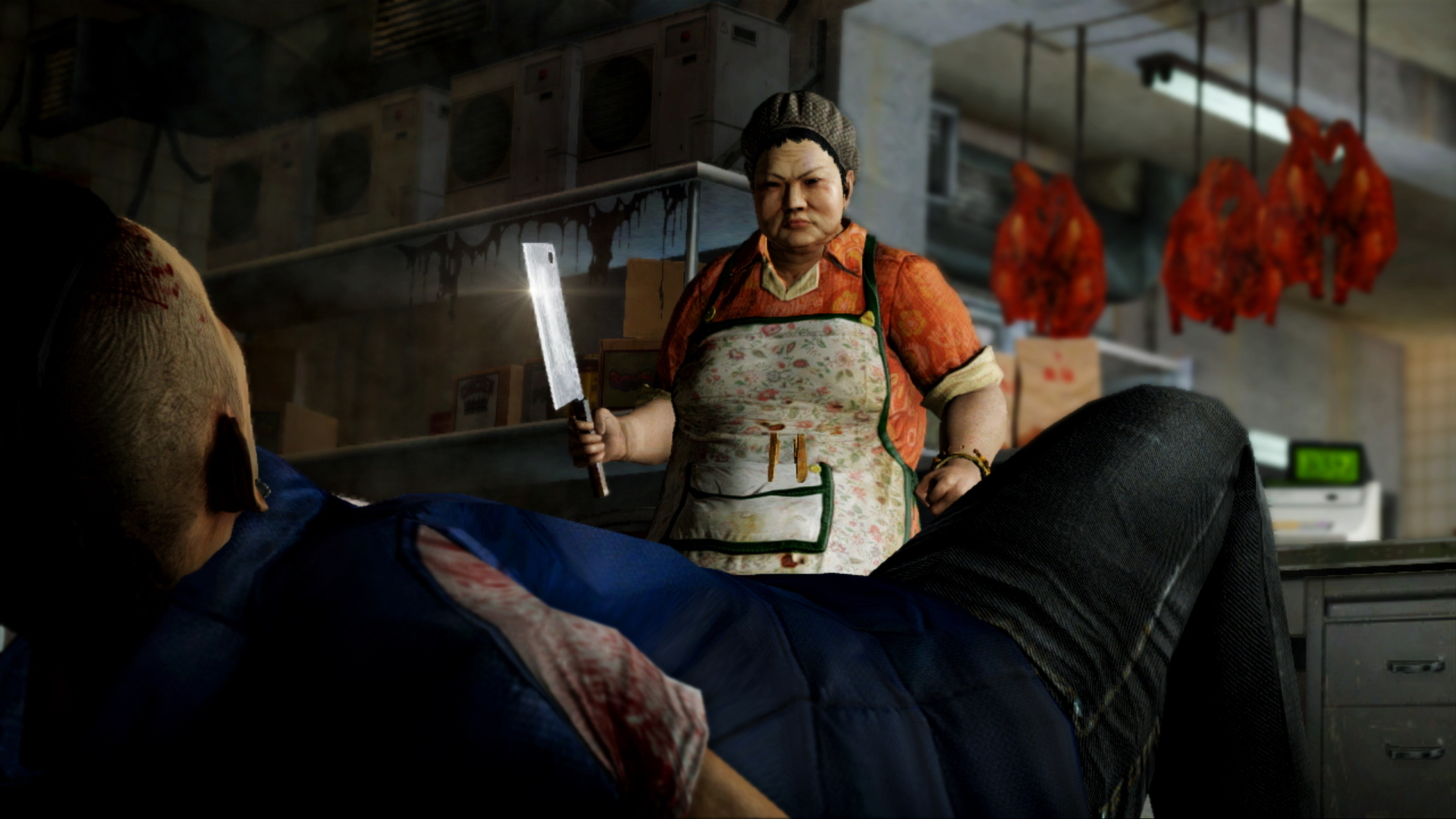
It even established a new franchise in Watch Dogs. But there’s a sense that it was uniquely positioned to do so, having all those studios at its disposal to delegate and collaborate.
Indie gaming seems able to tackle most genres and service-game propositions, but hasn’t found a way to make Sleeping Dogs-alikes yet. Valheim, The Forest, Subnautica, and Outer Wilds all feature massive spaces, but they can’t do scripted sequences or kung-fu fights down a fish market back alley.
Maybe that’s why we still miss United Front’s beloved, spectacular, atmosphere-laden, next-to-impossible-to-drive-in-for-even-short-distances-honestly-what-were-they-thinking… Sorry. Digressed there. Maybe that’s why we miss it. Because, in the winner takes all economy of triple-A gaming, almost nobody is equipped to make games like this anymore.

Ad creative by day, wandering mystic of 90s gaming folklore by moonlight, freelance contributor Phil started writing about games during the late Byzantine Empire era. Since then he’s picked up bylines for The Guardian, Rolling Stone, IGN, USA Today, Eurogamer, PC Gamer, VG247, Edge, Gazetta Dello Sport, Computerbild, Rock Paper Shotgun, Official PlayStation Magazine, Official Xbox Magaine, CVG, Games Master, TrustedReviews, Green Man Gaming, and a few others but he doesn’t want to bore you with too many. Won a GMA once.